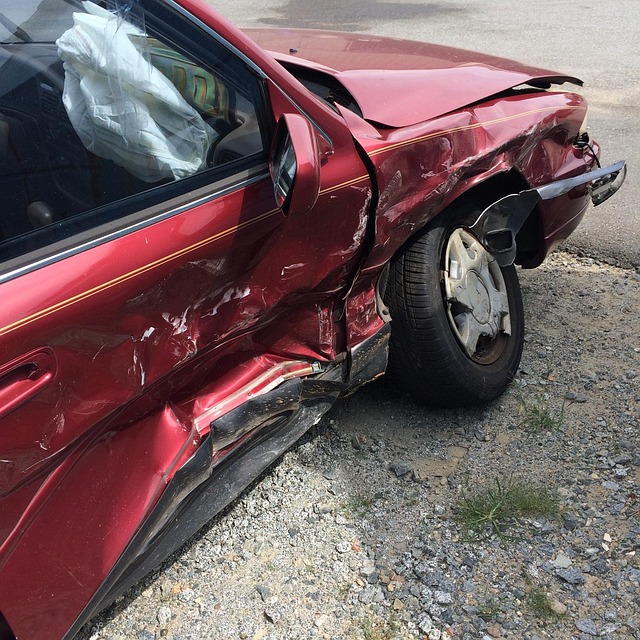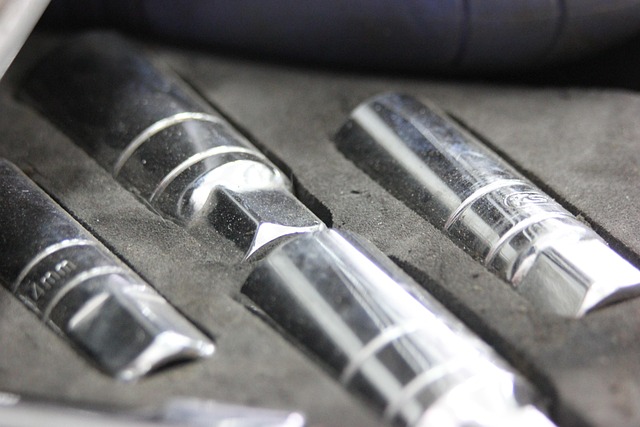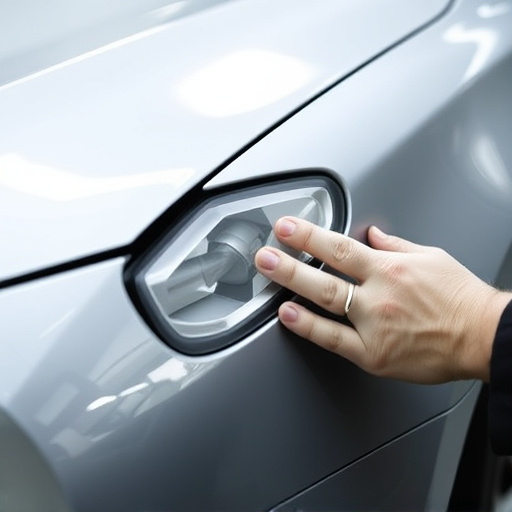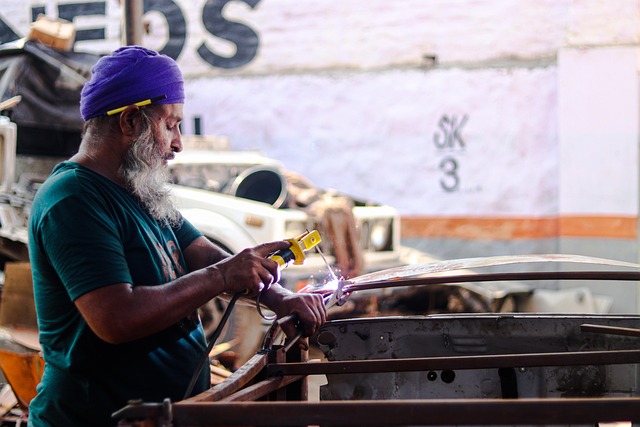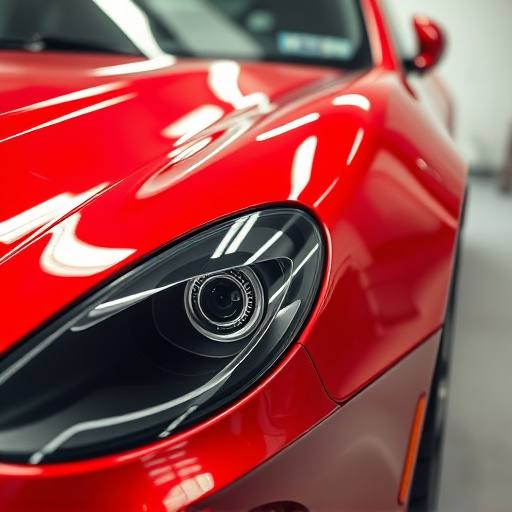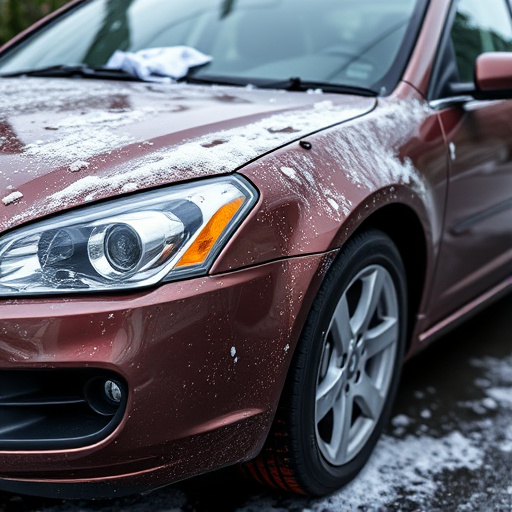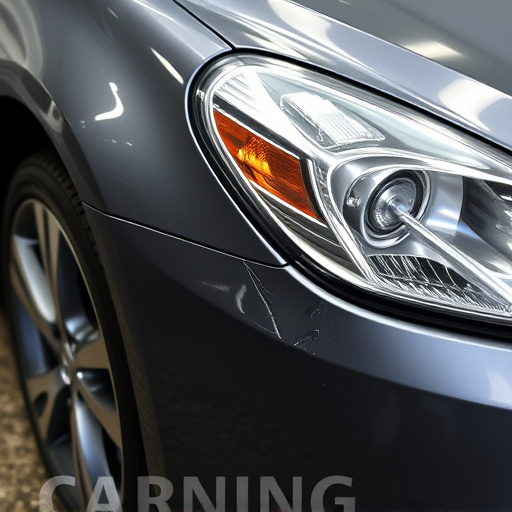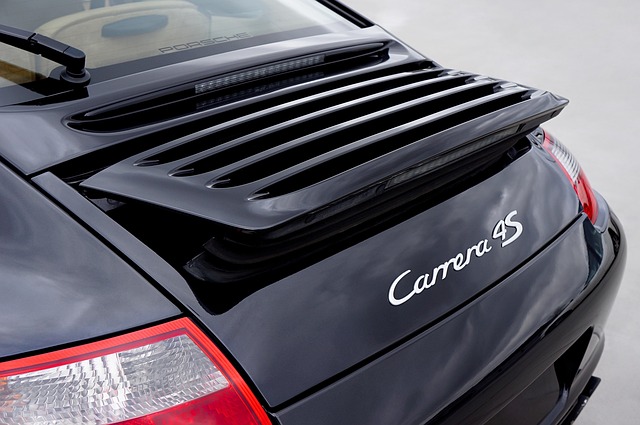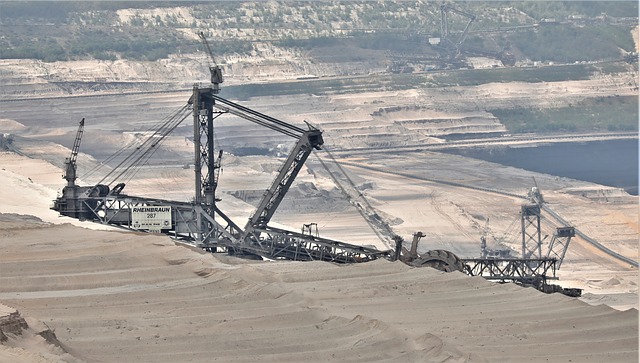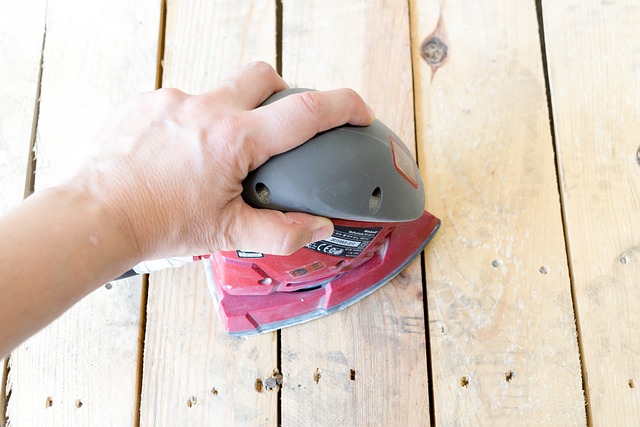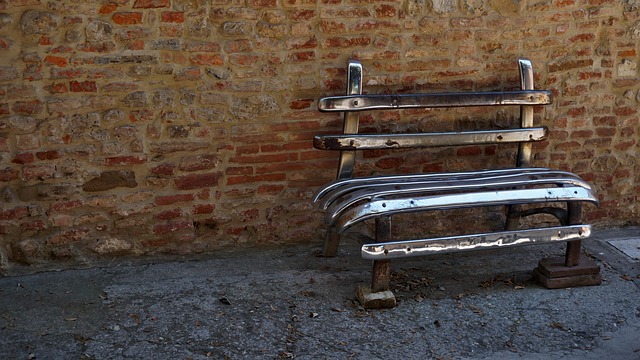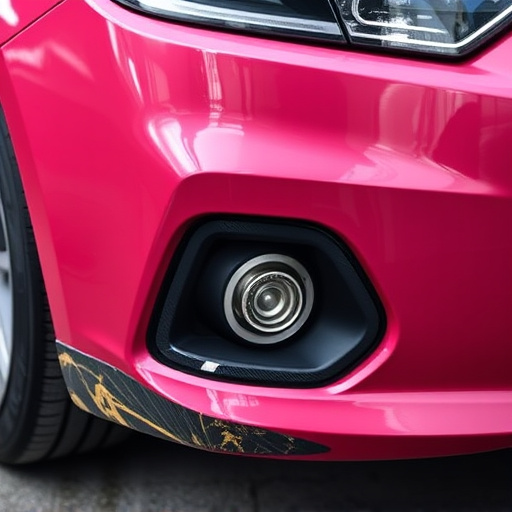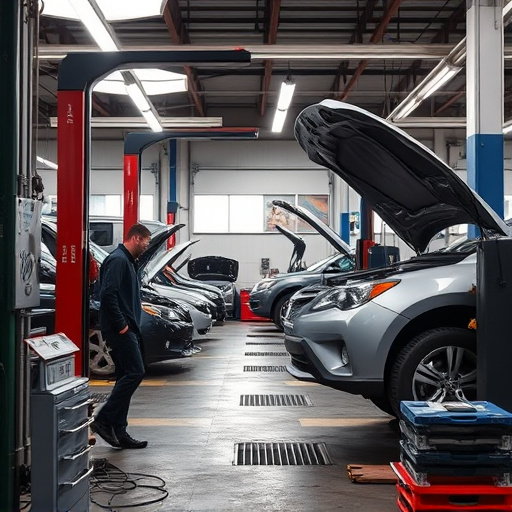Welding is key in frame repair, with costs varying by damage severity. Complex misalignments drive up expenses, requiring specialized skills and equipment. High-risk areas like roof rails and A-pillars often necessitate extensive straightening, increasing costs. Preventive maintenance through regular checks and timely car dent removal minimizes structural issues and frame repair costs. Restoring structural integrity and matching paint during collision repair also reduces frame repair cost.
Welding is an essential step in vehicle frame repairs, but it can significantly impact overall costs. This article delves into how welding influences frame repair expenses and offers strategies to mitigate these costs. Understanding high-risk areas where welding complexities arise is crucial for car owners and mechanics alike. By identifying potential challenges early on, you can navigate the frame repair process more efficiently, ensuring a quality outcome without breaking the bank.
- Understanding Welding Impacts on Frame Repair Cost
- Identifying High-Risk Areas for Increased Costs
- Strategies to Mitigate Expenses in Frame Repairs
Understanding Welding Impacts on Frame Repair Cost
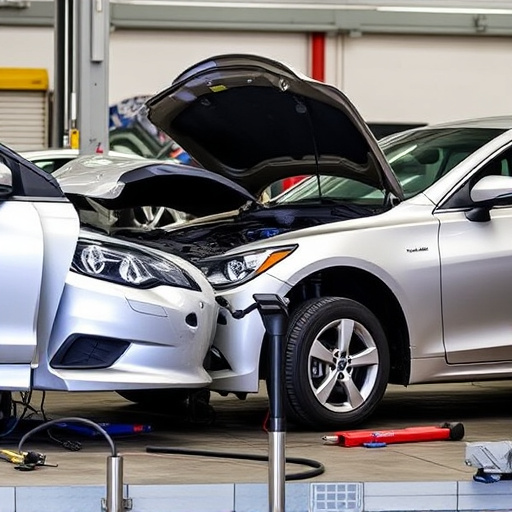
Welding plays a significant role in frame repair, often impacting the overall cost of restoring a vehicle’s structural integrity. The complexity and extent of welding required can greatly vary depending on the severity of the damage. Simple misalignments or minor dents might only need spot welding, which is relatively quick and cost-effective. However, for more severe crashes involving crumpled or bent frames, extensive welding is necessary to realign metal panels and ensure safety standards are met.
Collision repair professionals in body shop services must carefully assess the damage and plan the welding process accordingly. The labor involved in preparing the frame, setting up the welding equipment, and ensuring precise alignment can add considerable time and expense to the frame repair cost. Additionally, specialized skills and equipment are often required for complex welds, further elevating the costs. Understanding these factors is crucial when estimating the financial implications of frame repairs to ensure customers are fully informed about potential expenses.
Identifying High-Risk Areas for Increased Costs
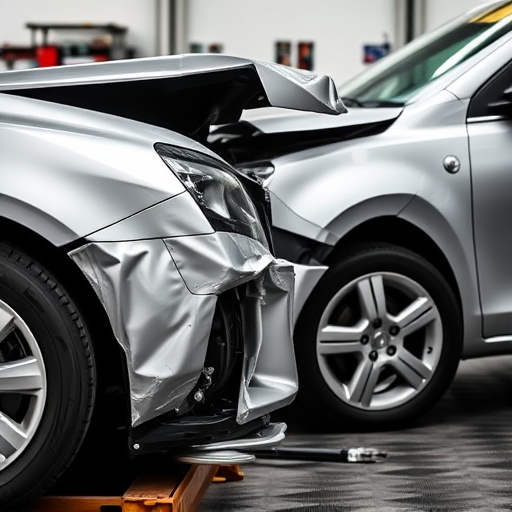
When assessing a frame repair, identifying high-risk areas is crucial to understanding potential cost increases. These areas often include components that are complex, highly specialized, or have significant structural importance. For instance, areas around the roof rails, A-pillars, and side sills are particularly vulnerable during collisions. Damage in these zones frequently necessitates extensive straightening and alignment, which can significantly add to the frame repair cost.
Additionally, certain body shop services like bumper repair might be required for high-risk areas, especially if the front or rear bumpers have been extensively damaged. Vehicle collision repair professionals need to meticulously evaluate each part, as even seemingly minor dents or deformations in these regions could indicate more substantial underlying structural issues. This comprehensive assessment is critical in accurately estimating and avoiding unforeseen costs associated with frame repairs.
Strategies to Mitigate Expenses in Frame Repairs
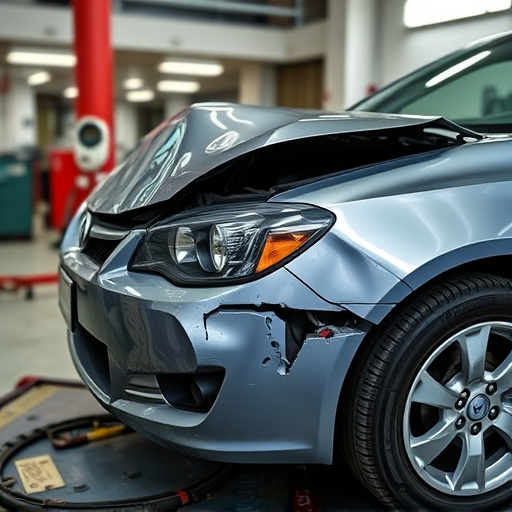
When dealing with frame repairs, one of the key strategies to mitigate expenses is to prioritize preventive maintenance. Regular checks and timely repairs can significantly reduce the extent of damage, thereby lowering the cost of frame repair. For instance, addressing minor issues like dents or scratches promptly through car dent removal services can prevent them from becoming larger, more complex problems that require heavier intervention.
Additionally, opting for comprehensive car collision repair services that focus on structural integrity rather than just cosmetic fixes can help in avoiding unnecessary expenditures. By ensuring the frame is restored to its original specifications and strength, you can avoid future issues and costly repairs. Moreover, considering specialized car paint services that match the exact color and finish of your vehicle can contribute to a more seamless restoration without inflating the frame repair cost.
Welding plays a pivotal role in frame repairs, but its impact on costs can be substantial. By understanding high-risk areas and implementing strategies to mitigate expenses, auto shops can effectively manage frame repair budgets. Identifying these potential cost drivers is essential for providing accurate estimates and ensuring customer satisfaction in the long run, especially as the demand for intricate frame repairs continues to rise.
